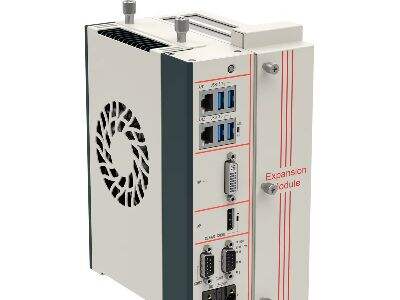PCI-E interface of capture card determines how much bandwidth you get
The PCI Express one of the most impotant factor of a capture card that can influence its band width efficiency. The capture card is able to communicate with other parts of the computer, for example, the CPU, memory system, using PCI Express lanes (fast path). The bandwidth of the PCI Express interface defines the bit rate moving in and out of the IO device or memory, however, the number of lanes in the PCI express interface determines the amount of data that may be transferred during a single clock tick. For instance, a PCI Express capture card with a 16-lane interface will have a higher bandwidth efficiency than a card with an 8-lane interface because it can move data twice as fast.
Elements that influence the data transfer speed of a PCIE capture card
Several elements change the speed you can transfer data on a PCI Express pci e video capture card. One thing that matters a great deal is which PAC interface generation there is. The data transfer rate of the newer PCI Express generations, for example, PCI Express 3.0 or PCI 4.0, is greater than that of older PCI Express generations. Accordingly, a capture card with newer generation interface will gain higher bandwidth efficiency along with fast data communication speed.
A study of bus width/generation for high bandwidth efficiency
The bandwidth efficiency of a pci e capture card is also closely related with its bus width. Bus Width Bus width indicates the number of data lanes in the PCI Express interface that can send or receive data at the same time. And for a capture card with a wider bus width, transferring more data at a time, he has higher bandwidth efficiency. Second, a wider bus paired with a newer generation PCI Express interface can help maximize the bandwidth efficiency of a capture card, and process larger data loads more efficiently.
How Different types of Memory and Capacity Affect a PCI Express Capture Card
But besides the pci express capture card bus interface, we also need to consider what type of memory and its size that a capture card uses can affect its performance and level of data rate efficiency. Memory is necessary for the storage and manipulation of data transferred over a capture card. Capture cards containing more memory can hold more data at once for more consistent and quick performance. Moreover, the use of fast and effective memory types (DDR4, GDDR6 etc) can contribute to the general performance and bandwidth efficiency of a capture card.

